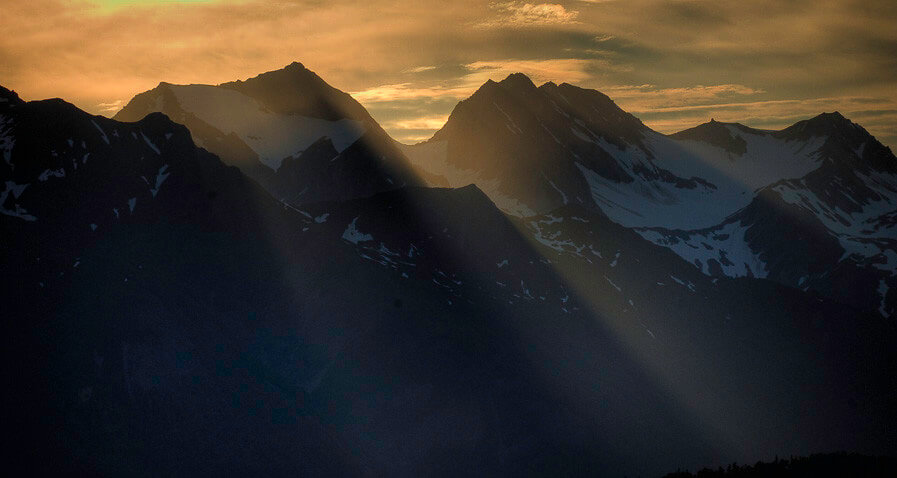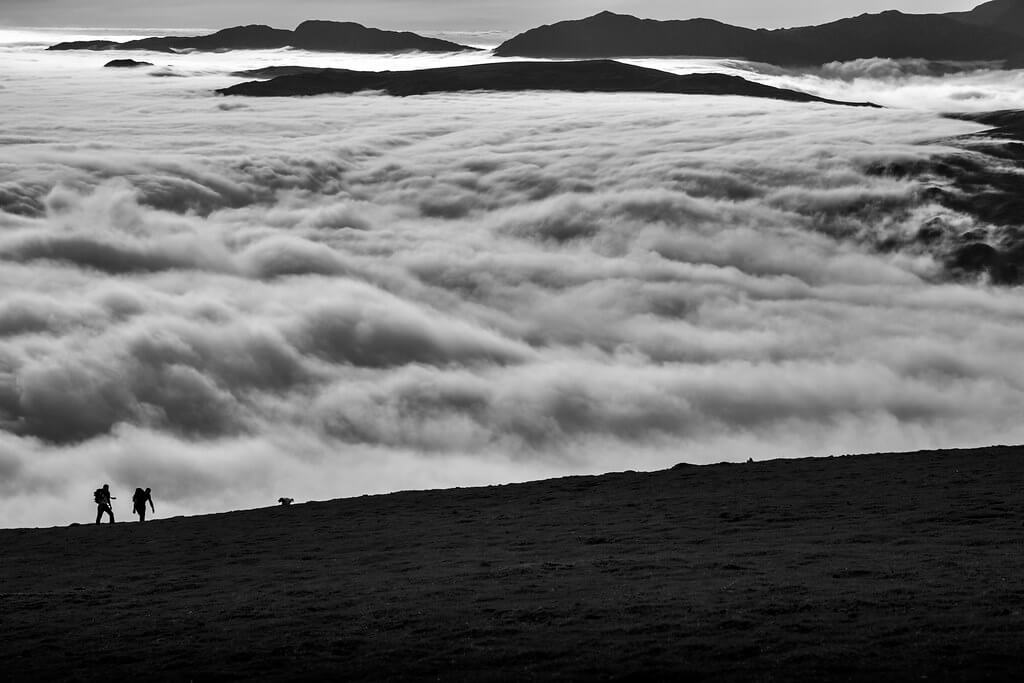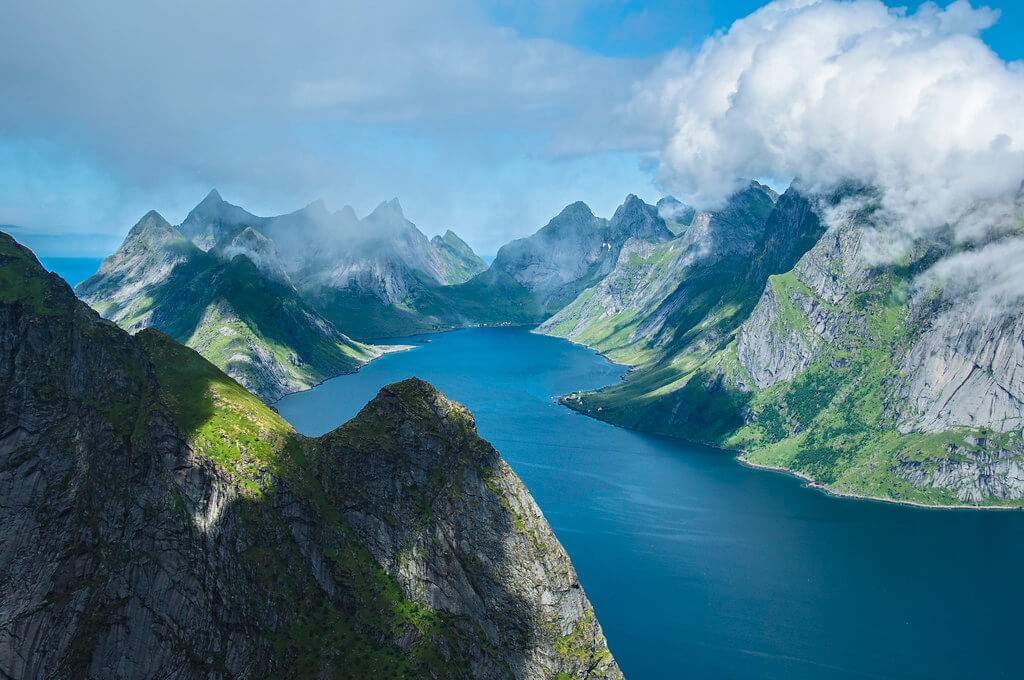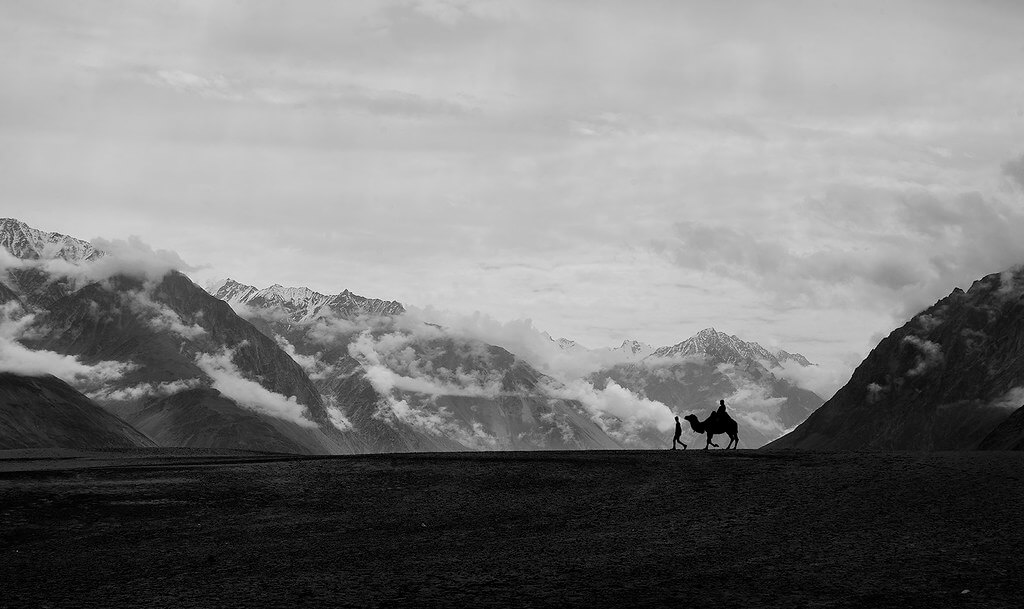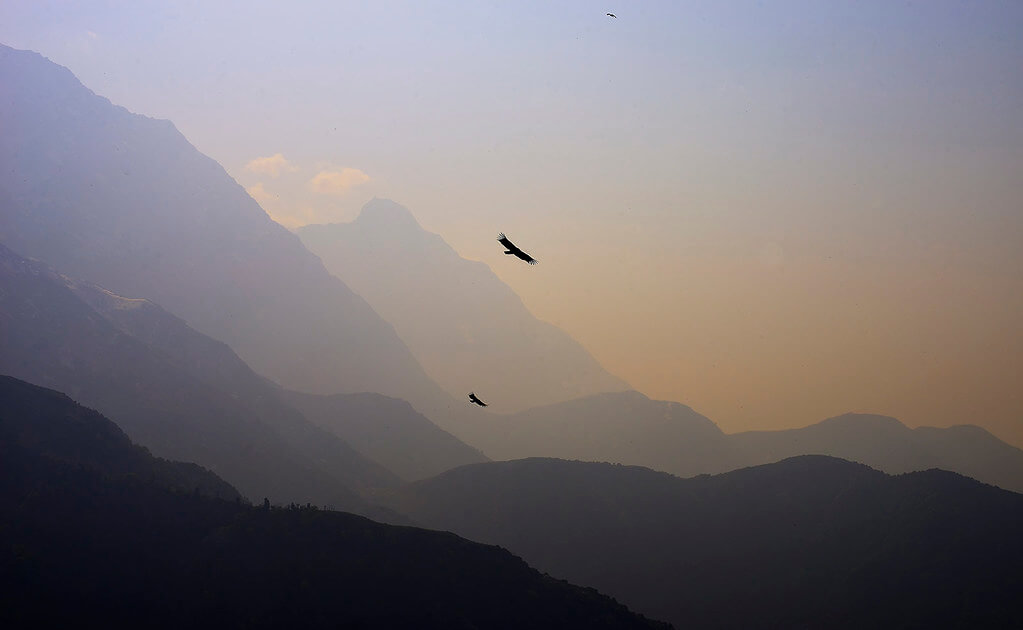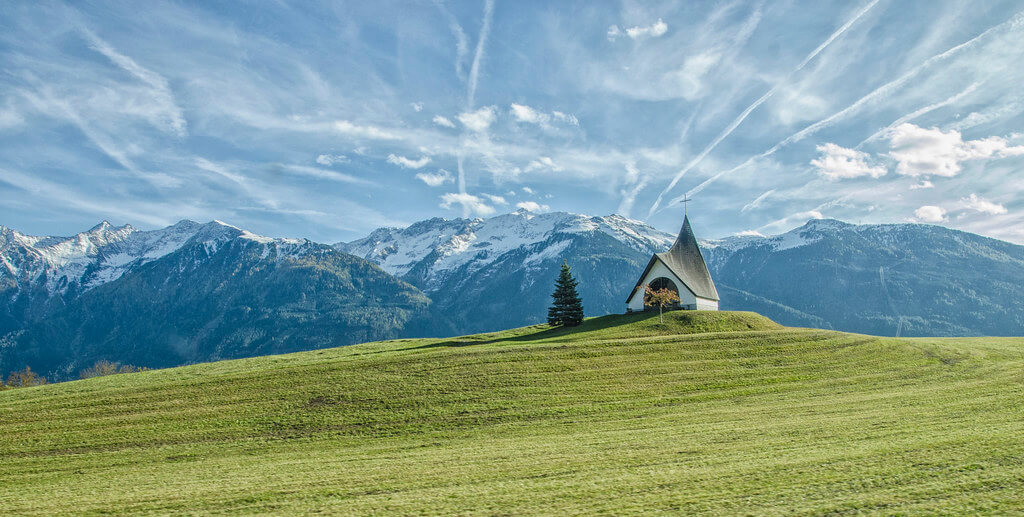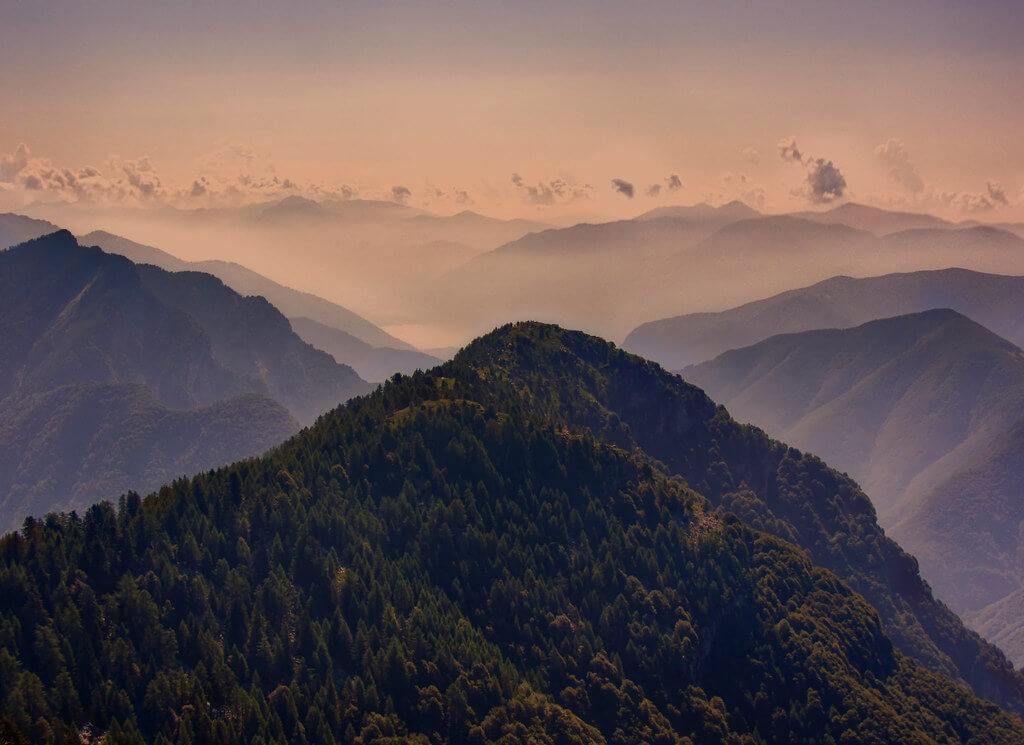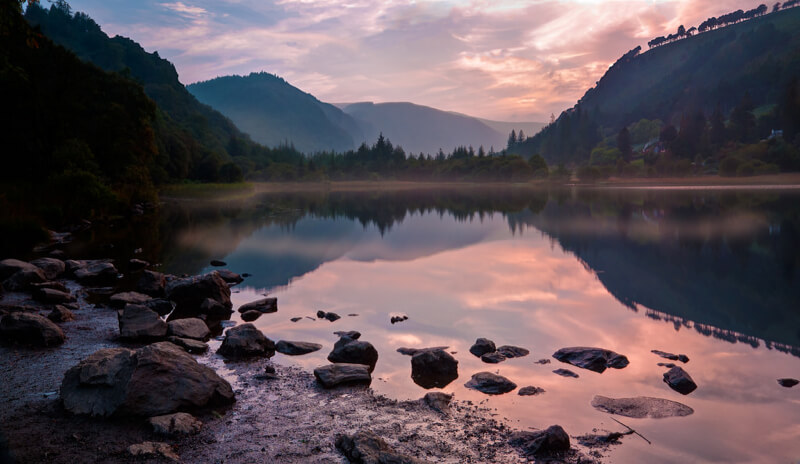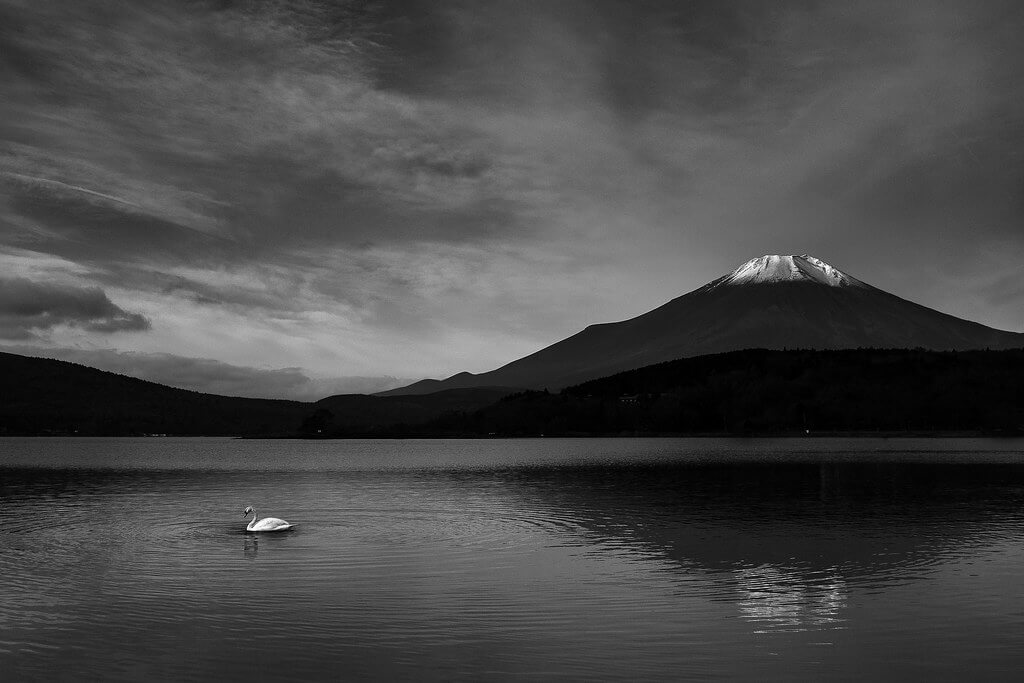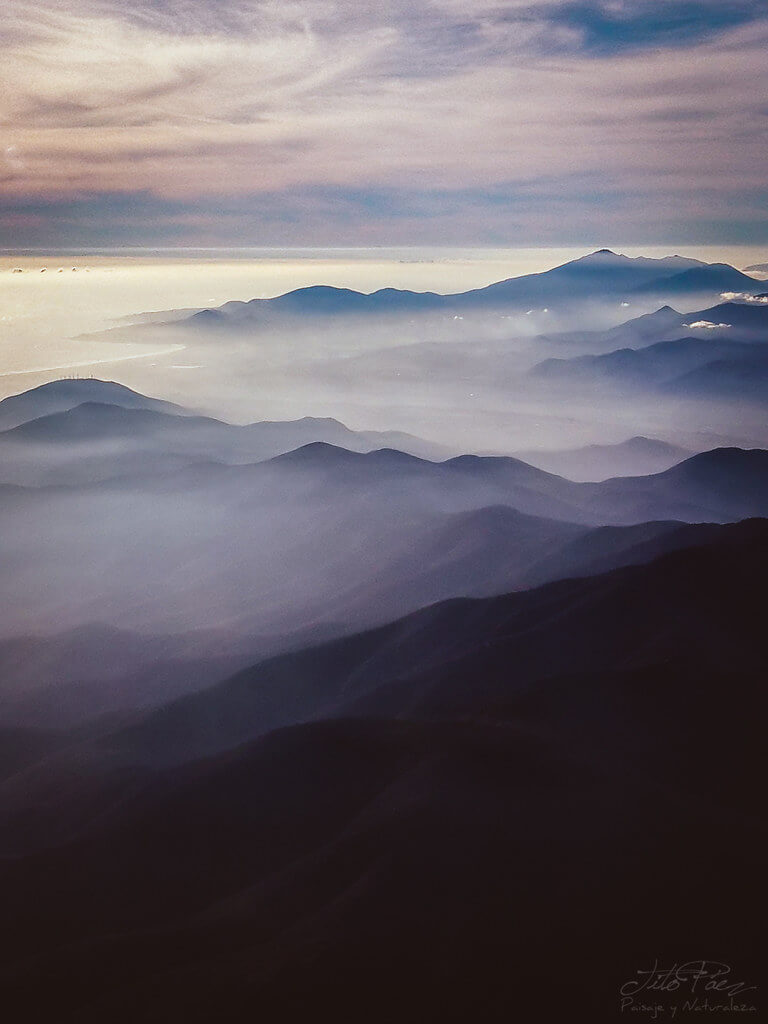The majestic beauty of mountains has inspired artists for centuries. Only now, instead of classic paintings, we have landscape photographers who trek into the wilderness to capture breathtaking mountain views.
Some photographers dream of climbing and shooting a particular mountain, like one of the most famous mountains in the world. But in fact, you don’t need a famous mountain to get gorgeous mountain images. You can get stunning photos even with a relatively small or unremarkable mountain.
In mountain photography, how you compose an image is more important than the size or fame of the mountain. An awe-inspiring mountain doesn’t automatically lead to awe-inspiring images. It all comes down to the techniques you use to capture it.
✓ Елена Пејчинова — Highland Sunlights
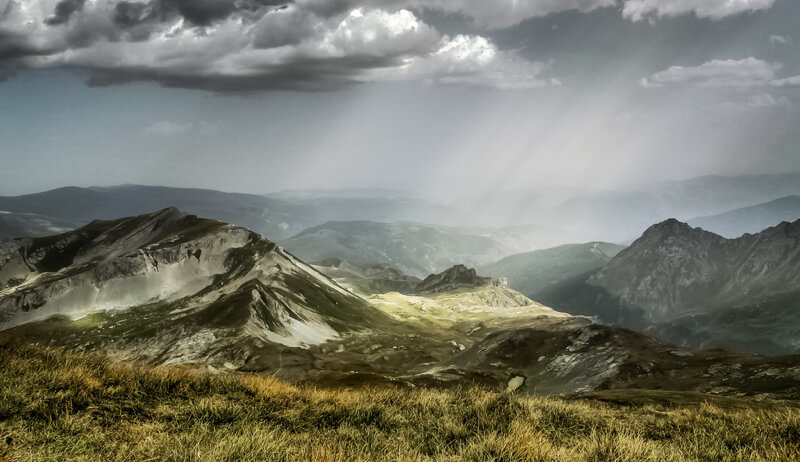
Great Techniques for Mountain Photography
The majority of the techniques in this list are compositional since good composition is especially crucial in mountain photography. For more tips on photographing mountains, check out this 5-part series by outdoor photographer Grant Ordelheide: A Simple Guide to Photographing Big Mountains.
The images in this post come from all over the world, including all seven continents and a wide range of countries. This variety demonstrates how you can capture beautiful mountain photos regardless of where you live. If you have mountains or even high hills in your area, you can get nice photos with the right techniques.
Many of the images were selected from our community on Flickr. We had a photography challenge for mountains, and a few of these amazing images came from that challenge. Thanks to all the photographers who participated!
Scale
Scale is one of the most effective compositional techniques for mountains. It creates a size comparison between the mountains and something much smaller, like a house or a person. This comparison shows viewers how massive the mountains really are, making them look more incredible.
Richard Watkins LRPS – Slopes of Blencathra

benoit coppin – Le pic du Midi d'Ossau
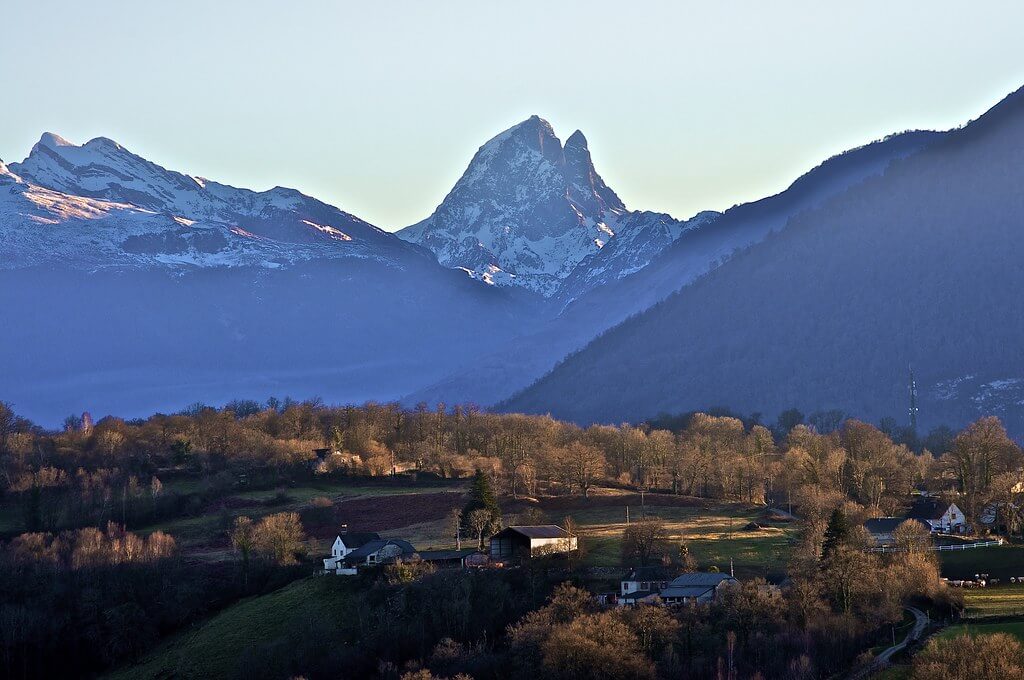
Birds-Eye View
A bird-eye view can create a similar feeling of grandeur as with scale, but instead of focusing on the mountains alone, you’re showing the grand beauty of the entire landscape. Though the mountains may look smaller from above, their complex shape and geography will be clearer and more majestic, making up for their loss in size.
Tristan 'Shu' Lebeschu – High Up
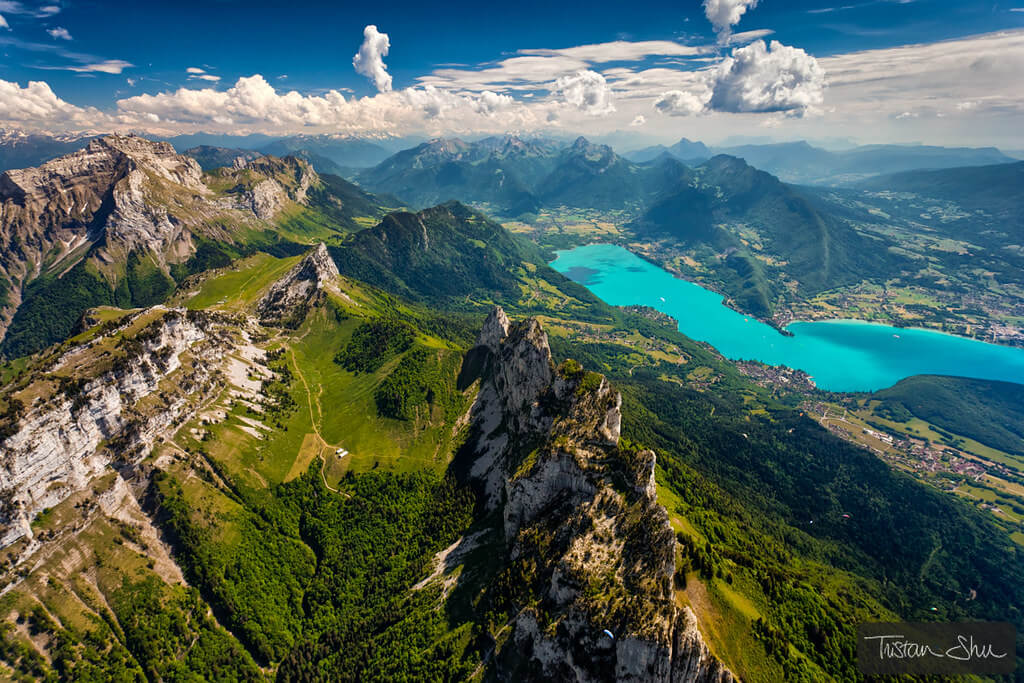
Hille Thomasson – schrammsteine…
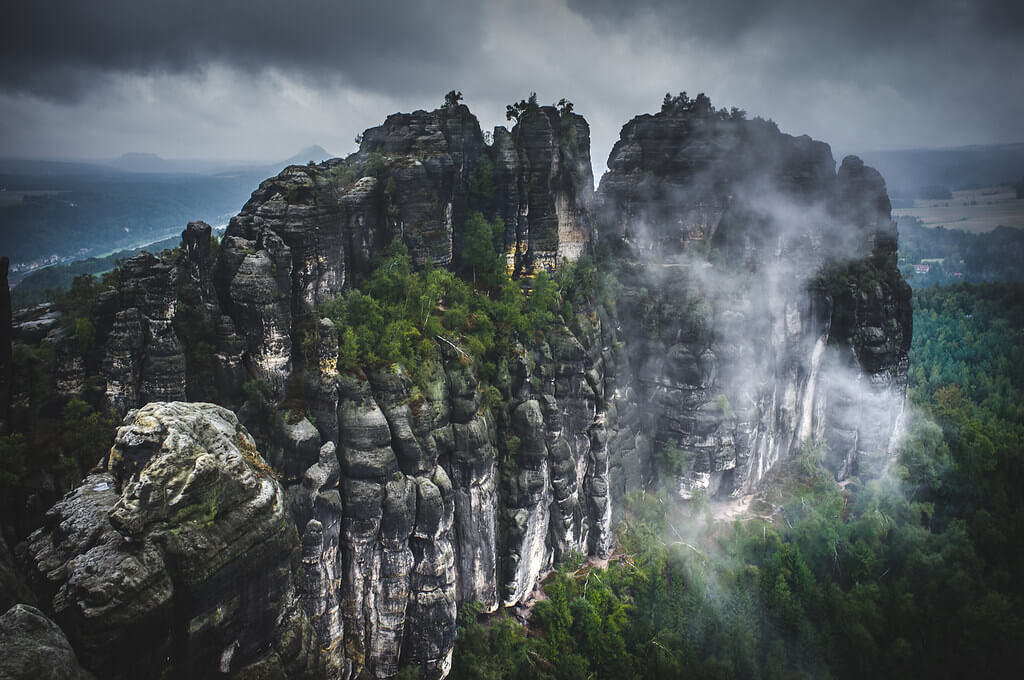
Silhouettes
Mountains are frequently surrounded by clouds or mist, which allows for awesome silhouettes when the lighting is right. You can create these silhouettes with backlighting from sunbeams through the clouds or position your subjects so they’re contrasted against the cloudy sky or mist.
Rückenfigur
“Rückenfigur” sounds fancy, but it’s actually an easy and familiar technique you’ve probably seen before. Translated as “The Figure Seen From Behind,” a rückenfigur is a type of portrait where the model is turned away from the camera, contemplating a scene in the background.
This technique can create a connection between the viewer and the subject since both share the same view. It works brilliantly with mountain photography, where the vistas are beautiful enough for an inspiring shot.
{Flixelpix} David – Doan Mountain
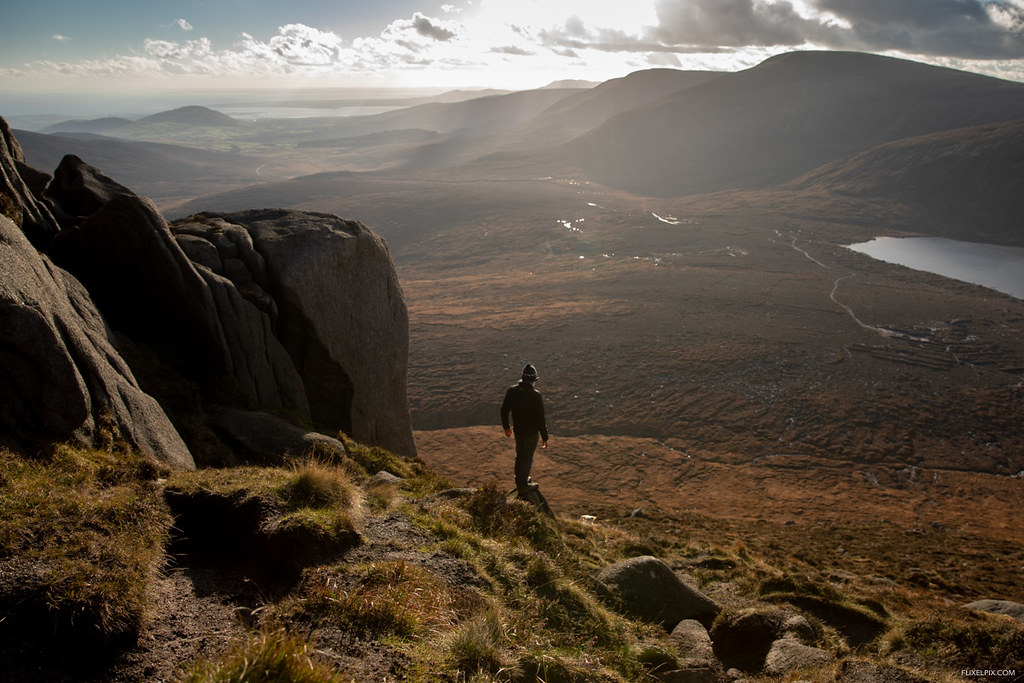
Malgorzata Kapustka – … colour of the rainbow …
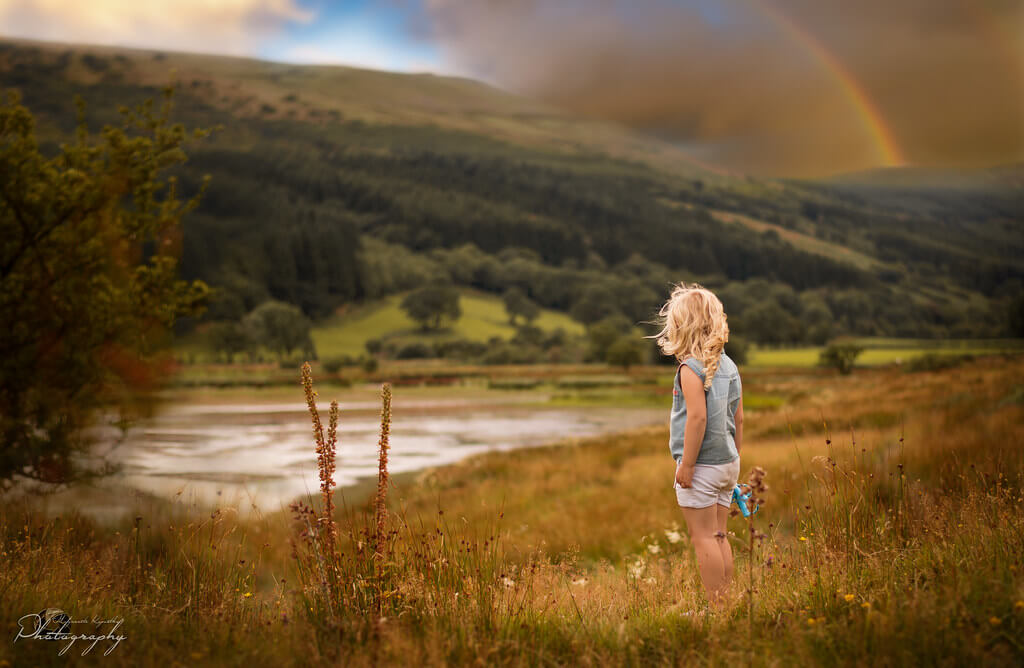
Azfar Nasirudin – In Another Life.
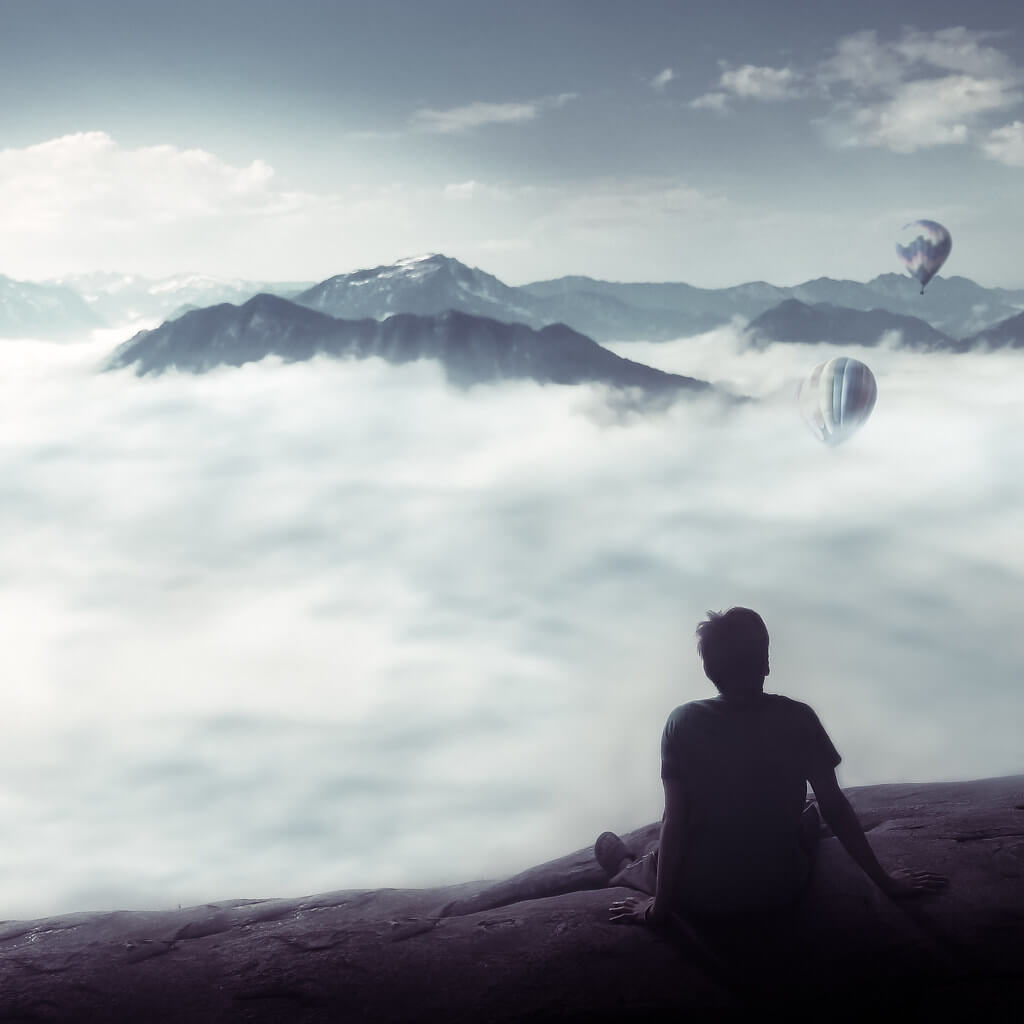
Rule of Thirds
The rule of thirds is a well-worn composition that beginners often take to, but that doesn’t mean it should be ignored. It’s still an excellent way to compose subjects like mountains, which lend themselves well to thirds: 1/3 for sky, 1/3 for the mountain peaks, 1/3 for the mountain base. Simple? Yes. Still effective? Absolutely.
Linus Wärn – How Green Was My Valley
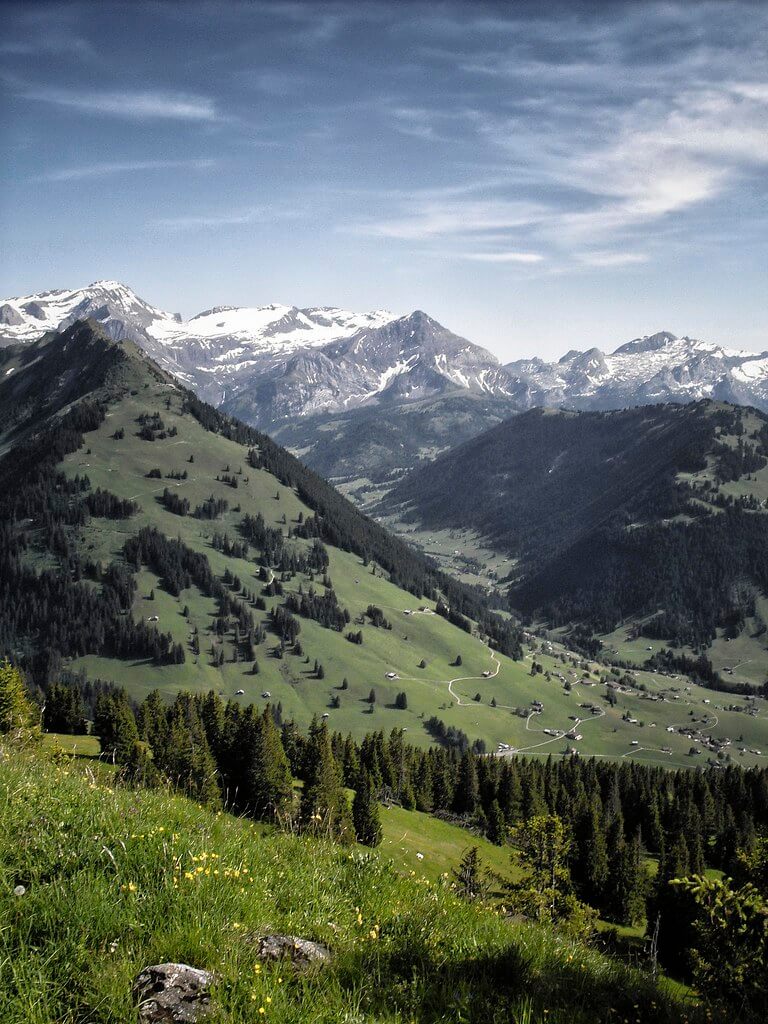
Robin Sharman – Great Gable & Scafell, Wasdale, Cumbria, UK
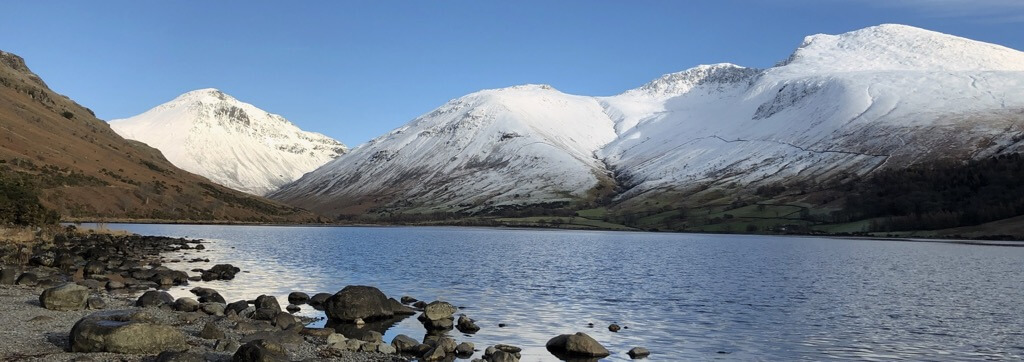
Depth
If you’re photographing a mountain range, or even a valley with mountains in the distance, you can experiment with depth in your composition. You can create depth in several ways, but with mountains, the easiest way is often through layering, or overlapping elements in the scene.
With a rolling mountain range, layering is natural because there’s typically a contrast in lighting or shade between the mountain peaks closer and farther away. But even if you’re photographing a single mountain, you can create a sense of depth by layering subjects in the foreground with the mountain in the background.
Gerardo "Tito" Paez – Tormenta de Nieve
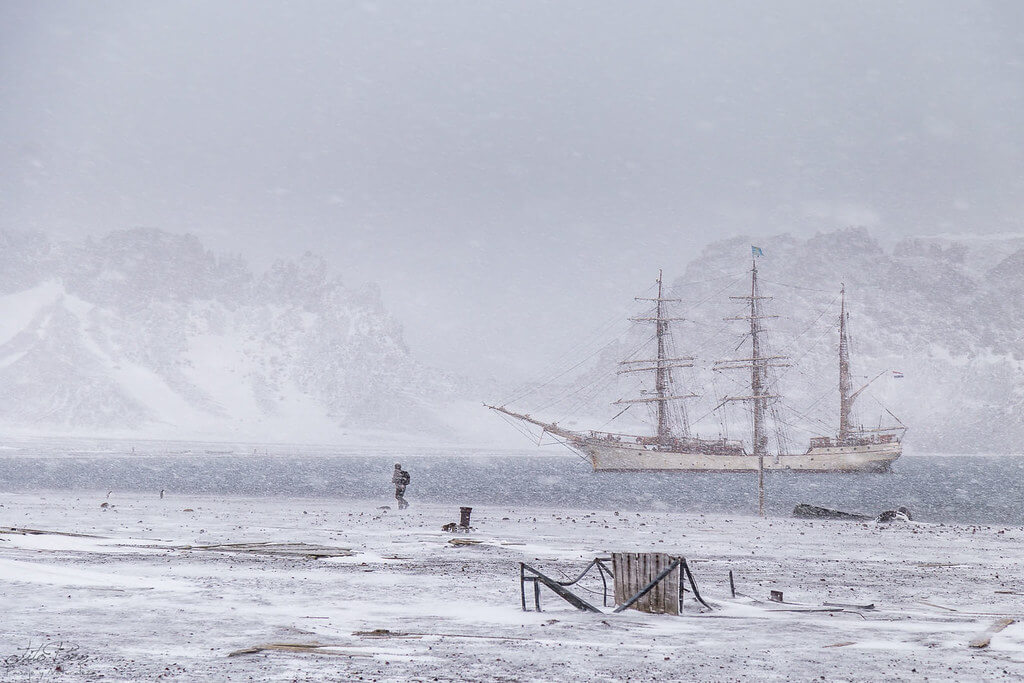
Ursa Ursa – View of Salton Sea & Coachella Valley
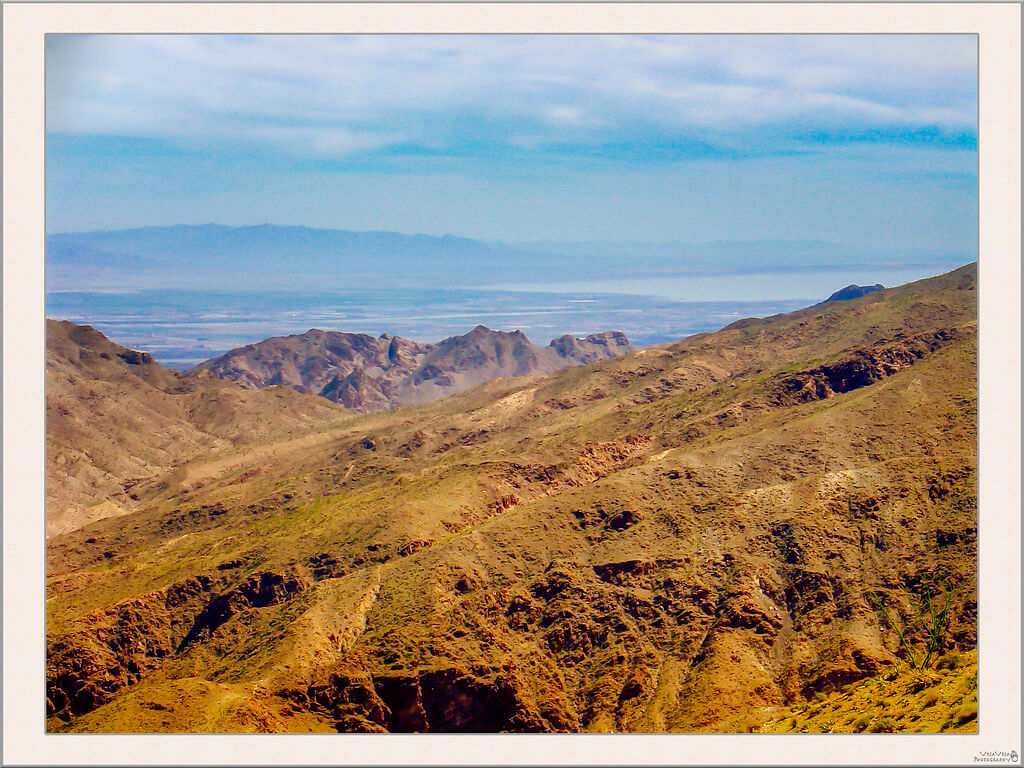
Leading Lines
Another way to create depth is through leading lines, or lines that draw the viewer’s eyes through the photo towards the main subject. In a scenic mountain photo, this leading line could be a trail or a mountain ridge, guiding the viewer’s eyes towards the background mountain peaks.
Sarah – Crib Goch from Snowdon
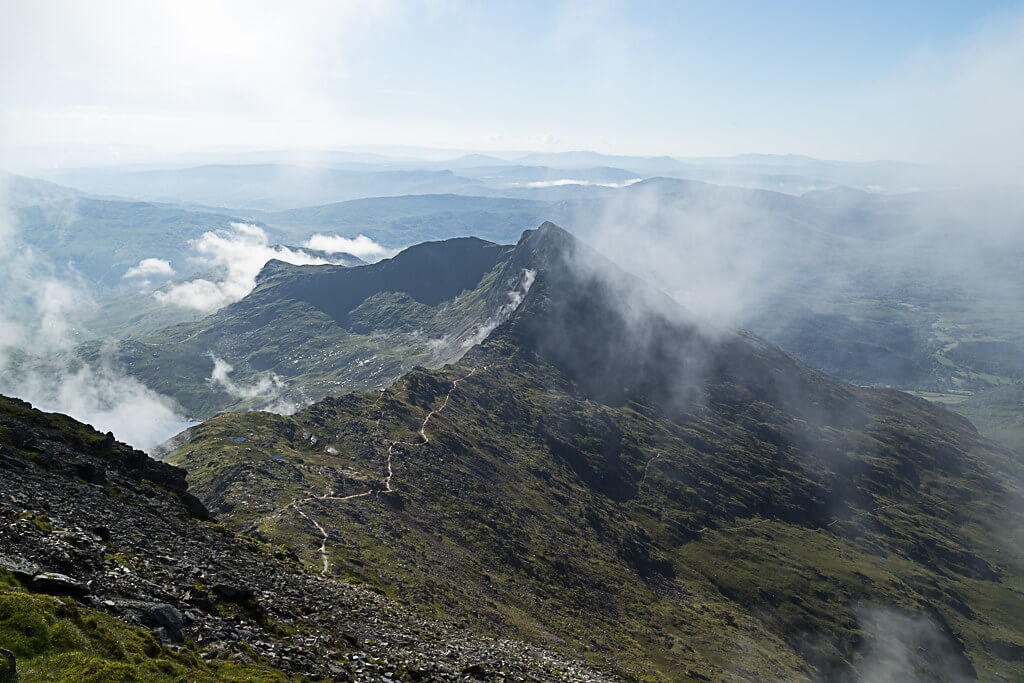
✓ Елена Пејчинова – Heavy Skies
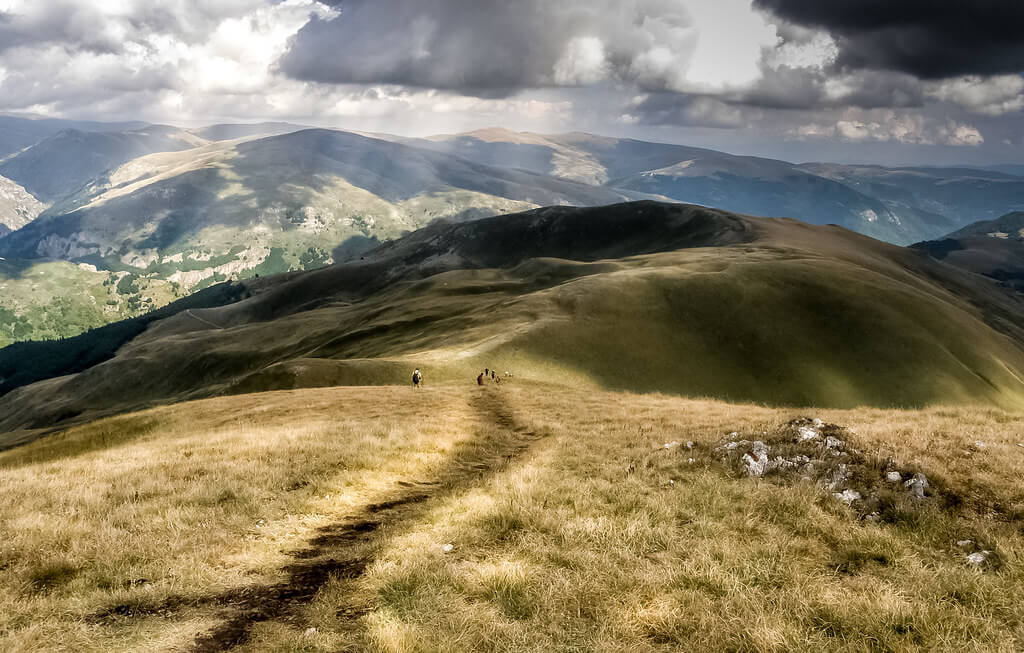
Pedro Szekely – Machu Picchu, Peru
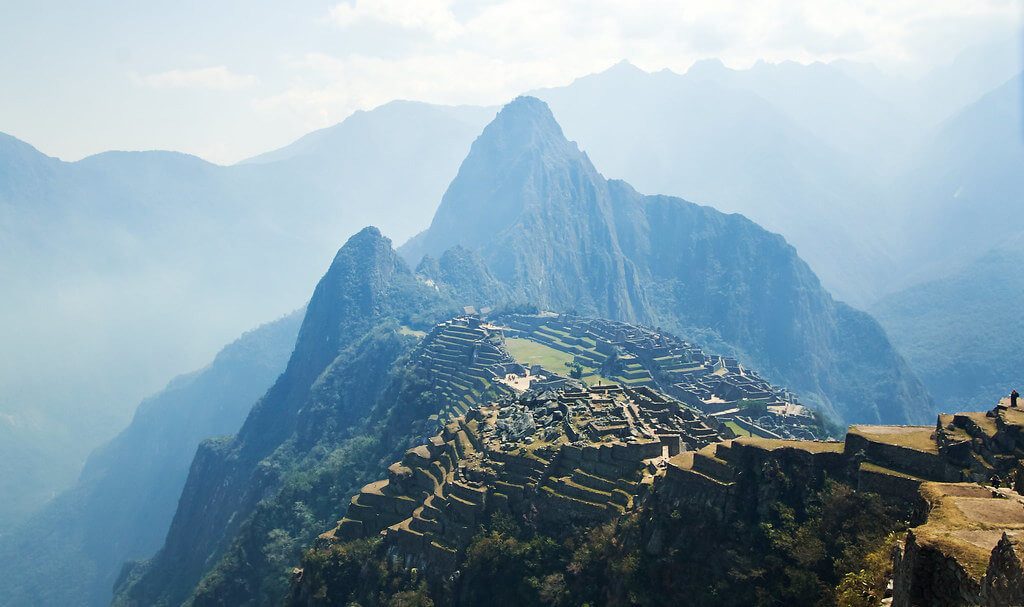
Horizontal Lines
Horizontal lines help create a feeling of stability or peacefulness. They can be firm and straight, like a horizon, or slightly uneven yet still powerful, like rolling mountain peaks. In both cases, horizontal lines can emphasize the serenity of nature in the mountains.
Ahmad Syukaery – Sunset at Waijarang Beach, Lembata
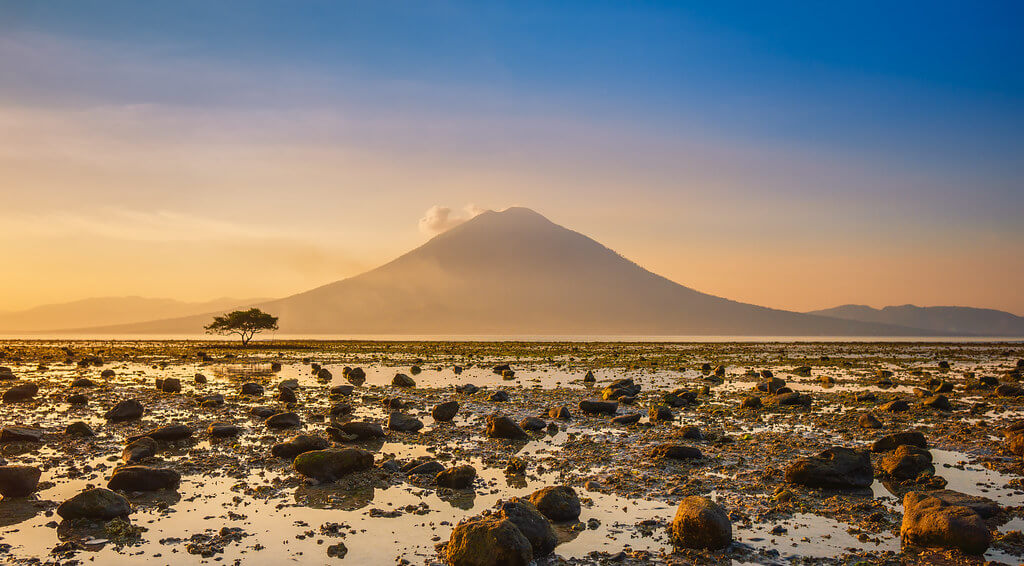
Julio López Saguar — Mountains
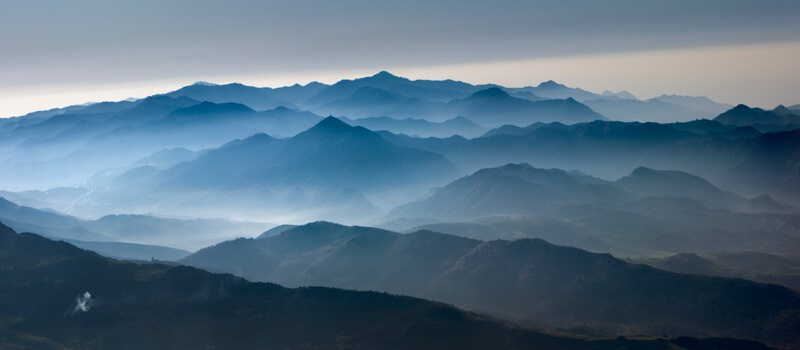
Alejandro Garcia Bernardo – Untitled
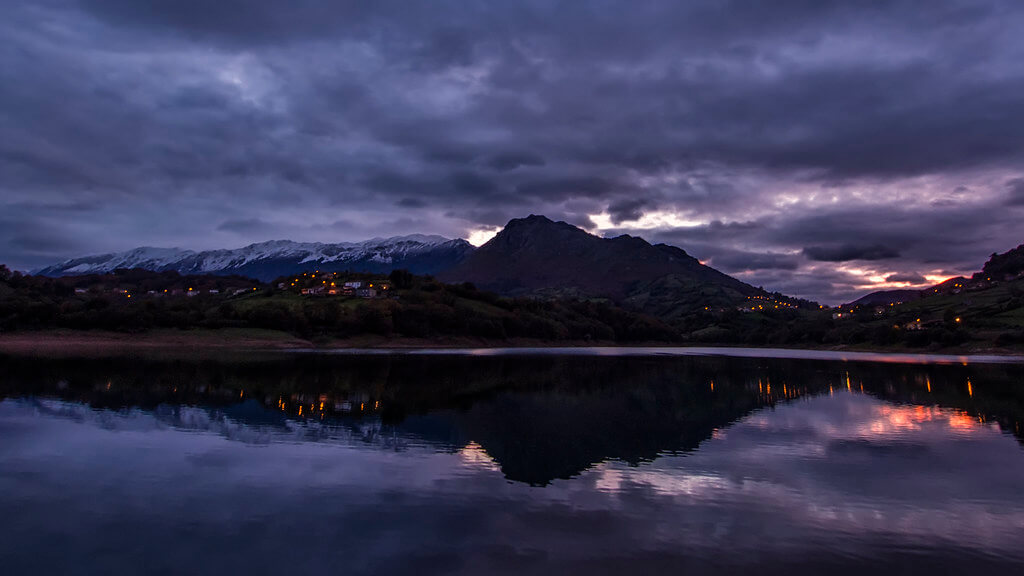
Framing
Though mountain peaks are often the focus of mountain pictures, you can also get spectacular photos of mountain valleys, particularly when they’re glowing with sunbeams or a sunset. One advantage of valleys is that you can use framing in your composition. In other words, you can position the valley between other elements – most obviously, the surrounding mountains. This frame will draw the viewer’s attention to the valley, making it the highlight of the image.
Henryk – “Expect the Unexpected”
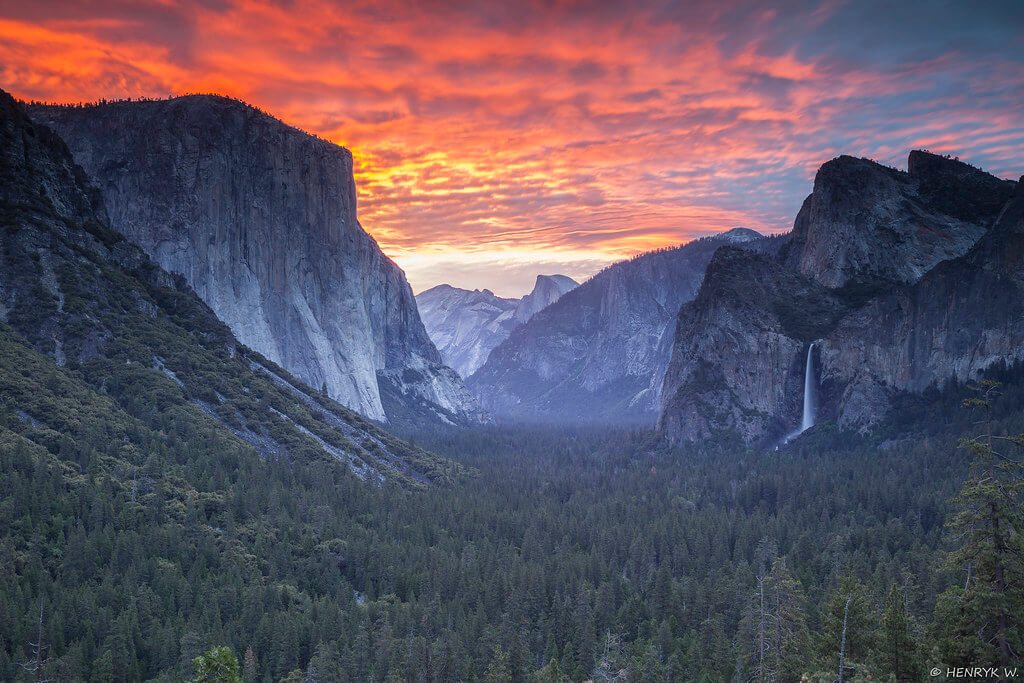
Alejandro Garcia Bernardo – Untitled

Johan Hakansson Photography – Mountain Magic
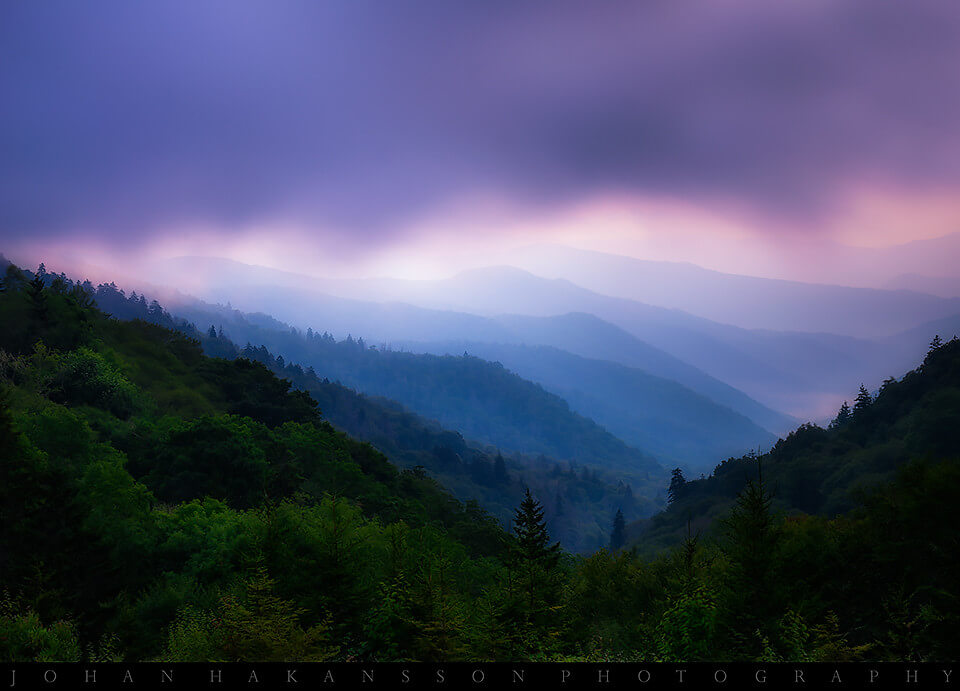
Reflections
Mountain lakes are perfect opportunities to photograph reflections and experiment with symmetry. While you can get cool photos of mountains by the sea, too, a mountain lake will likely be more peaceful. Choose a day and location that won’t have much wind; you want the water to be as still as possible for the best reflections.
Danielle Sheehan Photography – Reflecting on Aoraki
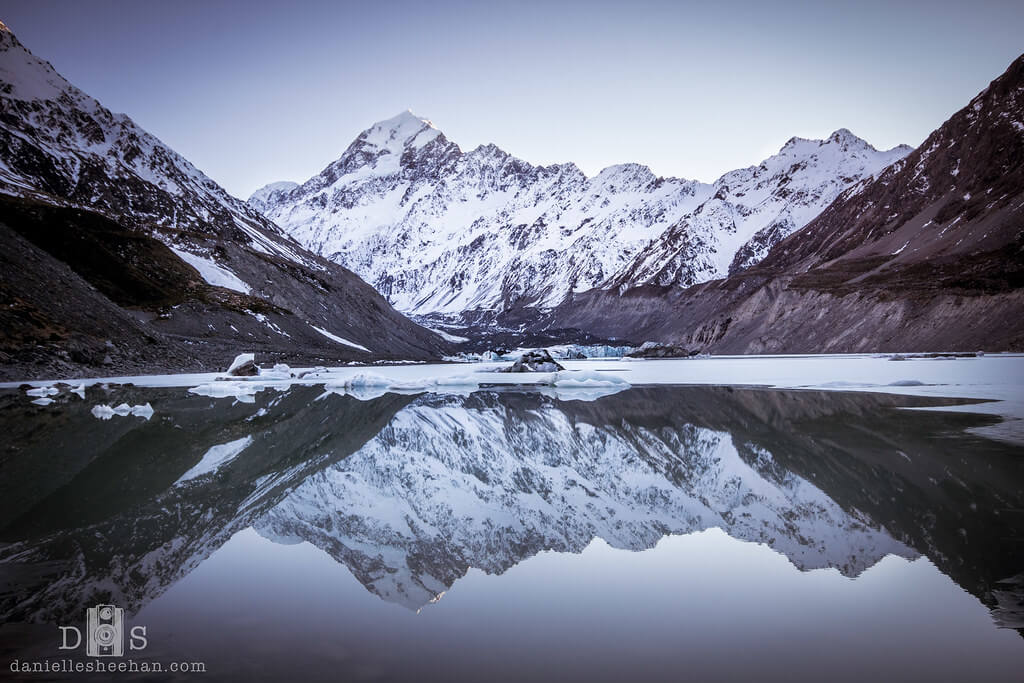
Ken Lane – Oxbow Bend (Grand Teton National Park)

Simplicity
Simplicity can improve any photography subject. But simplicity can be easy to forget when you’re photographing landscapes, which are sometimes packed with details. Because mountainous scenery is so grand and complex, it can be hard to limit your photo to a few elements. However, this limitation can make your image truly powerful.
If you’re not sure how to create simplicity in your mountain photos, try starting with negative space, like white fog or a dull, gray sky. You can also limit the colors of your image by shooting during the Blue Hour or in black and white. Whatever strategy you use, remember that less is more, even with mountains.
Amine Fassi – Middle Atlas – Shadows and light
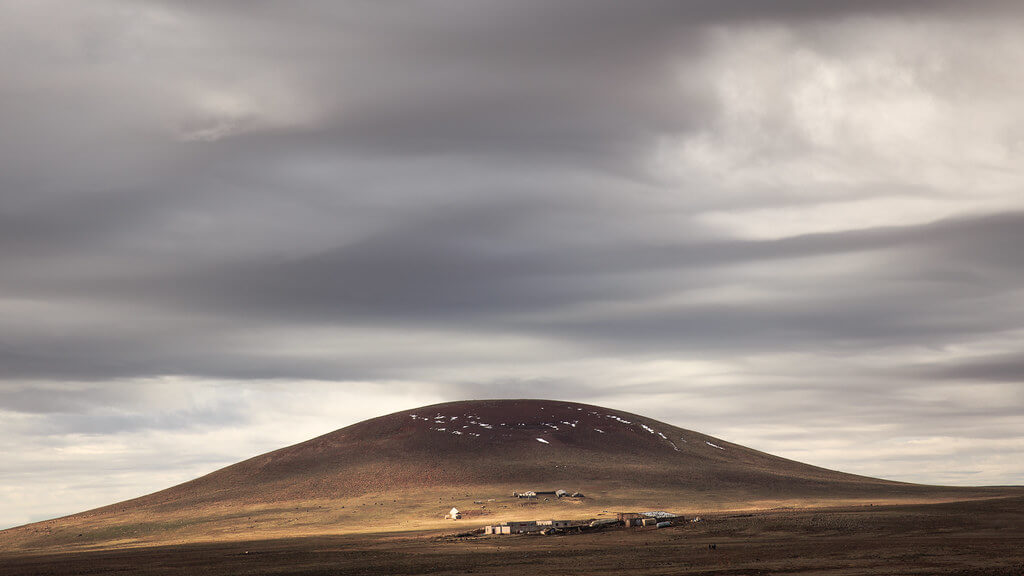
Robert "OP" Parrish – Mountains at Neva
